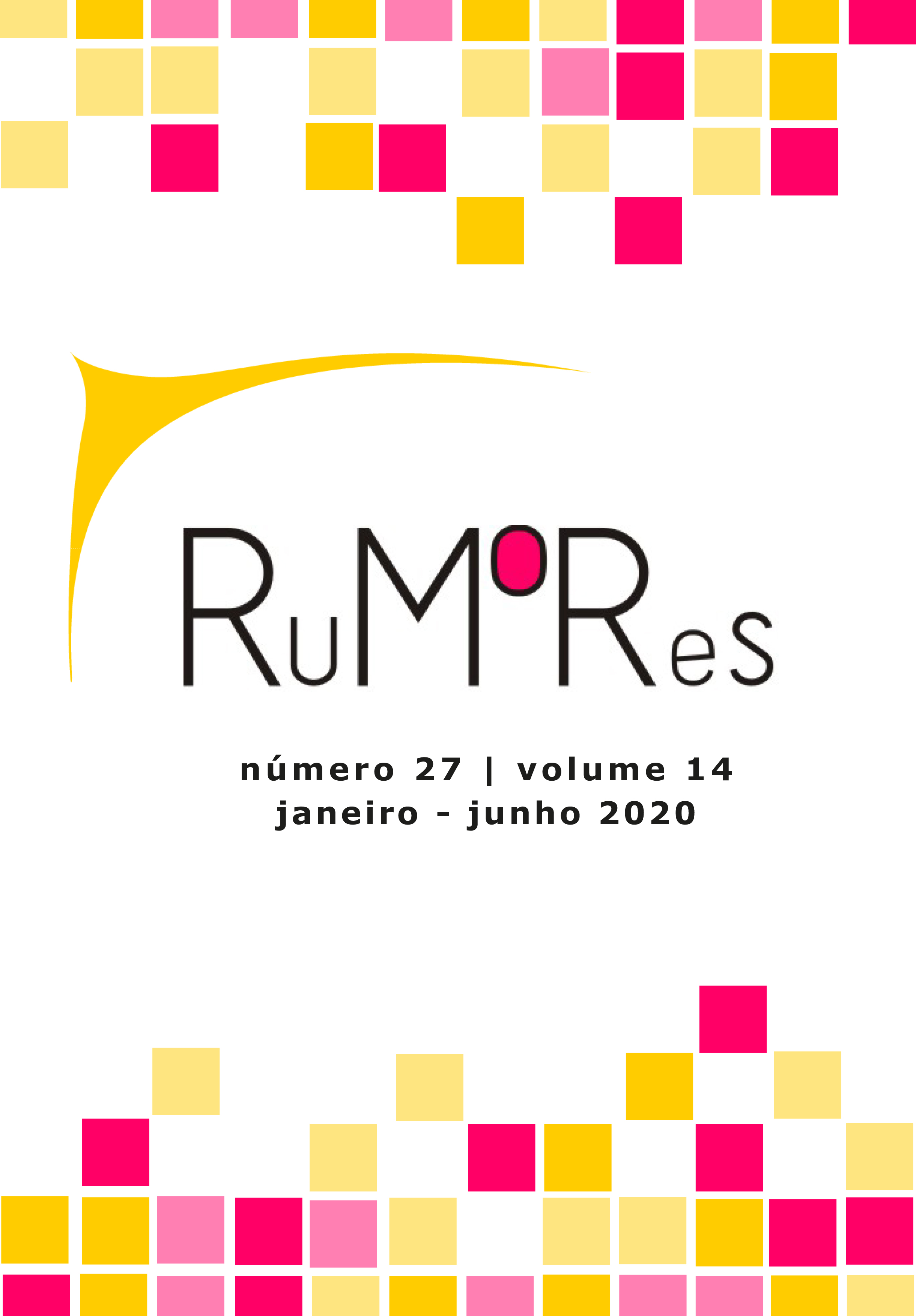Audiovisual narratives and mythology
the mythical quaternity applied to animes
DOI:
https://doi.org/10.11606/issn.1982-677X.rum.2020.164987Keywords:
Anime, Audiovisual, Mythical quaternity, CanevacciAbstract
Considering studies on ritualistic consumption in cinema and the presence of mythical content in contemporary narratives, this article applies the mythical quaternity theory proposed by Canevacci in three anime with use of the film analysis methodology proposed by Vanoye and Goliot-Lété. By examining archetypal representations in Card Captor Sakura, Code Geass, and The Seven Deadly Sins, we conclude that such elements underlie the anime diegesis through a structure that moves the narrative by perpetuating and resignifying content present in the collective unconscious. Thus, Canevacci’s ritualization of the archetypes deals with unconscious structures not only specific to one culture, but also consolidated in the individual and constantly re-presented with different guises in the media narratives.
Downloads
References
ALMEIDA, M. J. Imagens e sons: a nova cultura oral. São Paulo: Cortez, 1994.
BERNARDET, J. C. O que é cinema. São Paulo: Brasiliense, 2001.
CAMPBELL, J. O herói de mil faces. São Paulo: Pensamento, 2007.
CANEVACCI, M. Antropologia do cinema. 2. ed. rev. e ampl. São Paulo: Brasiliense, 1984.
CODE geass: lelouch of the rebellion. Direção: Ichiro Okouchi. Osaka: MBS, 2006-2007. 25 episódios, color.
FREUD S. O ego e o id. Rio de Janeiro: Imago, 1976.
JACOBI, J. Complexo, arquétipo, símbolo na psicologia de C. G. Jung. Petrópolis: Vozes, 2016.
JUNG, C. G. Psicologia da religião ocidental e oriental. Petrópolis: Vozes, 1983.
JUNG, C. G. Os arquétipos e o inconsciente coletivo. Petrópolis: Vozes, 2002.
MARX, K.; ENGELS, F. A ideologia alemã. São Paulo: Boitempo, 2007.
ROCHA, E. O que é mito. São Paulo: Brasiliense, 1996.
SAKURA card captors. Direção: Morio Asaka. Produção: Yutaka Maseba. Tóquio: Artworks Entertainment, 1998-2000. 70 episódios, color.
THE SEVEN deadly sins. Direção: Tensai Okamura. Tóquio: Netflix, 2014-2015. 24 episódios, color.
VANOYE, F.; GOLIOT-LÉTÉ, A. Ensaio sobre a análise fílmica. São Paulo: Papirus, 1994.
VOGLER, C. A jornada do escritor: estruturas míticas para escritores. 3. ed. São Paulo: Aleph, 2015.
Downloads
Published
Issue
Section
License
Declaro a total e irrestrita cessão de direitos autorais sobre o texto enviado para publicação na Rumores – Revista Online de Comunicação, Linguagem e Mídias. Entendo que o conteúdo do artigo é de minha inteira responsabilidade, inclusive cabendo a mim a apresentação de permissão para uso de imagens, ilustrações, tabelas, gráficos de terceiros que, porventura, venham a integrá-lo.









